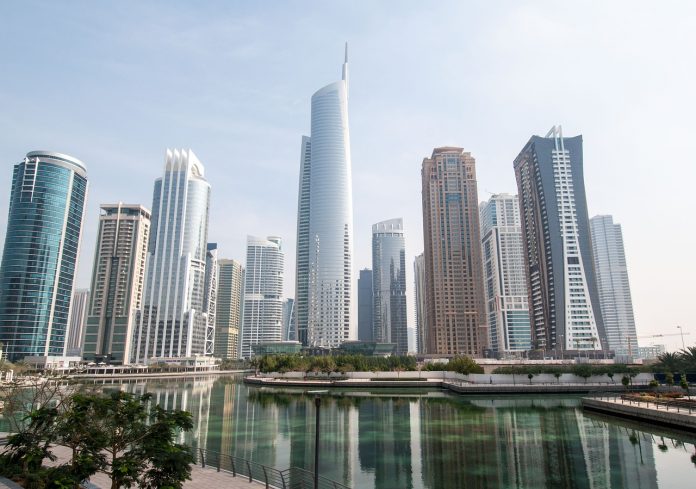
In an effort to more effectively address real estate market dynamics, the Dubai government has announced the creation of a new body tasked with bringing about a balance between supply and demand in the emirate.
On September 1 Sheikh Mohammed bin Rashid al Maktoum, the vice-president and prime minister of the UAE, and ruler of Dubai, issued directives that will lead to the formation of the Higher Real Estate Planning Committee.
Consisting of leading government and industry figures, the committee will have three clear objectives: to reduce the risk of oversupply in the market; provide developers with the chance to build their credentials; and develop a real estate development strategy for the emirate over the next 10 years.
The supply question
Concerns about oversupply were a significant factor behind the formation of the committee.
A steady softening of rental and sales prices since 2014, coupled with ongoing development in preparation for Expo 2020 Dubai, has sparked discussion about surplus stock in the market.
However, industry figures have pointed to a number of factors that should ease fears of oversupply in the real estate market.
One of these is the relationship between population growth and the supply of housing. While the supply of new stock remains strong and constant, so too does the emirate’s population growth.
According to the Dubai Statistics Centre, Dubai’s population grew by 6.1% year-on-year in the 12 months to June 30, reaching 3.3m, while a 2016 study from the Dubai Municipality predicted the figure will reach 5.2m by 2030.
In addition, while overall prices have dropped in recent years, both mid-market and top-end properties have experienced strong demand.
“Our research shows that demand in Dubai properties will continue to surge in the near and long term,” Farhad Azizi, CEO of Azizi Developments, told OBG, adding that “developers need to tailor their products to evolving market needs, for example by building in strategic locations that have good connectivity and offer attractive returns on investment, and by focusing on the right sizes and types of properties in those areas.”
Wider financing options to channel demand
Higher Real Estate Planning Committee will also be involved in questions related to financing regulations.
To help stimulate buyer demand, in recent times a number of financial institutions and property developers have been offering a greater variety of payment plans.
Among these is Dubai Islamic Bank, which supports clients with down payments and low interest rates, in a banking landscape that has traditionally been reluctant to offer such products.
“Off-plan sales have gone up, mainly driven by attractive payment plans that have been implemented by the bigger government-owned developers such as Emaar and Meraas,” Ammar Sweis, CEO of development company Ishraqah, told OBG.
It has been suggested that allowing foreign competition into the market could help boost lending even further.
Currently, only Emirati institutions are permitted to lend, with some industry officials saying that foreign players would bring more competition to the market, which in turn would lead to more competitive prices and consequently more investment.
China a major source of investment
The changes in the real estate market in recent years have also been reflected in levels of foreign ownership, with Chinese investors bolstering demand for properties in Dubai.
Many are attracted by benefits such as freehold ownership, high returns from the rental market and tax-free investment.
This shift has seen Chinese investors supplant those from Russia, Saudi Arabia and elsewhere in the Gulf in the $1m to $1.5m property range. This is in large part due to the increased levels of disposable income among China’s upper-middle class.
Chinese investors accounted for Dh1.7bn ($462.9m) of property sales in the first three months of last year, according to the Dubai Land Department, making them the sixth-most-active purchasers of property in the market.
In wider terms, demand is also driven by greater economic collaboration between the UAE and China as a result of the Belt and Road Initiative, which has resulted in more direct and indirect demand for both offices and accommodation from Chinese companies and nationals.
[amazon_link asins=’099758470X,099071179X’ template=’ProductGrid’ store=’dubaichron-20′ marketplace=’US’ link_id=’b7d8f6e1-f82d-43e0-80c5-a59cdbedbd5e’]

































